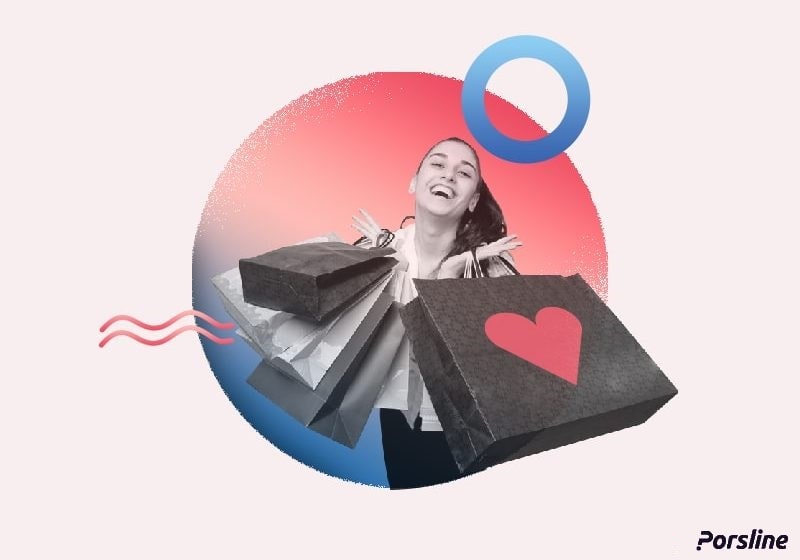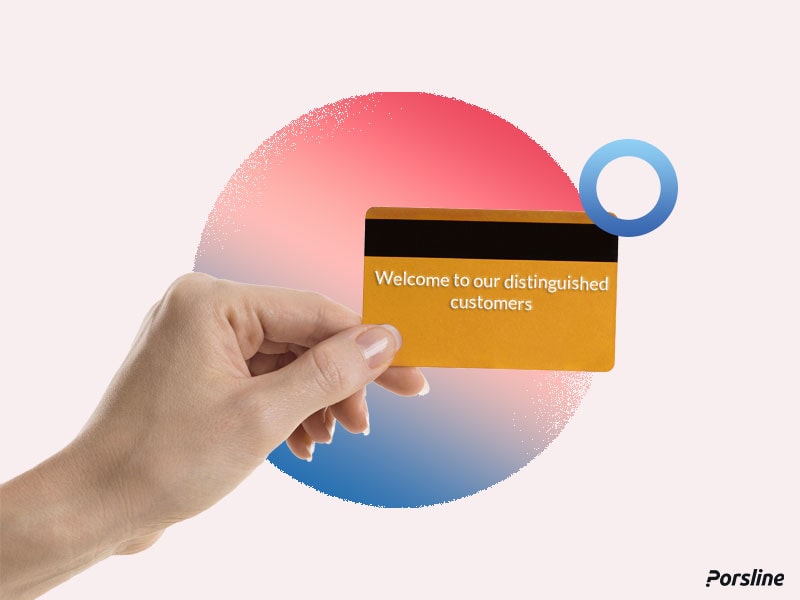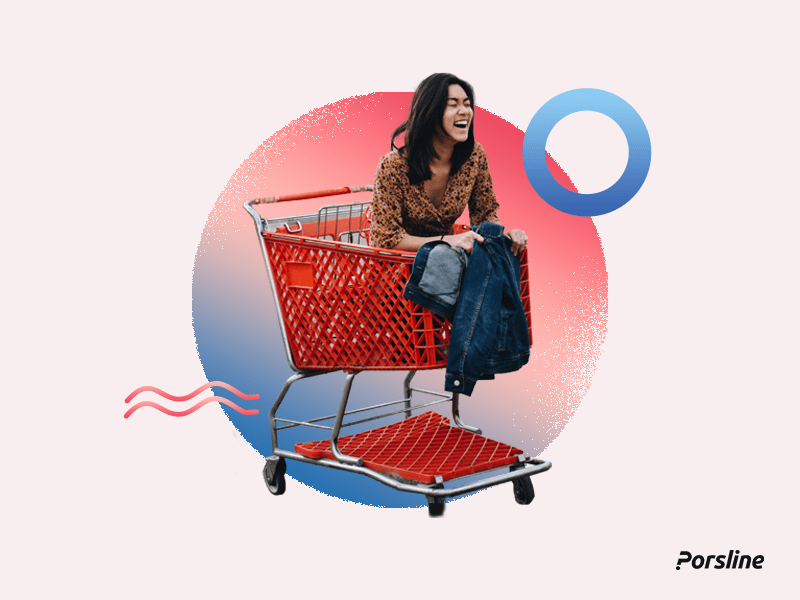How to Start Customer Loyalty Measurement?

Customer loyalty is one of the key business indices. According to the literature review, most organizations seek to increase loyalty, maintain satisfaction and retain customers by implementing and using the “customer voice” program. There are different reactions that show customer loyalty to your brand or organization. They show that an individual or an organization will remain your customer for a long time. An individual or organization suggests your brand to friends and colleagues. An individual or an organization purchase more products or services from you. These reactions have different results in the business, ranging from the attraction of new customers to average earning growth per customer.
Therefore, customer loyalty measurement plays a significant role in identifying the improvable points in customer relations. Through this approach, an important part of customer studies has been known as relationship surveys.
customer loyalty measurement plays a significant role in identifying the improvable points in customer relations.
What should be asked to measure customer loyalty?
Customer loyalty can be described as three types of behavior: retention, advocacy, and purchasing. The loyal behavior of customers can predict business growth. Before answering the question of what items are appropriate for customer loyalty measurement, you should analyze what item you wish to improve in your business, what your business growth strategy is, and what the current customer-related challenges are in your business. For instance, if you run an Internet service provider with a high churn rate, customer retention is probably important to you. Retention items are more important than advocacy and purchasing items in customer loyalty evaluation. If you seek to increase your average earning per customer, purchasing items are more important than advocacy items.
After your strategies and goals of the customer loyalty plan are determined, you should work on the items. Here are two items on three types of customer loyalty. You can use these proposed items interchangeably.
- Retention: This parameter shows the rate by which current customers will remain loyal and decided not to go for your competitors.
- Advocacy: This parameter shows how much your customers support and defend your service/product/brand.
- Purchasing: This parameter shows how much customers increase their purchasing/consumption behavior.
If you use any of these questions about your business, they should be accompanied by a follow-up question, which is an open-ended text question asking customers the main reason for giving a specific score. A follow-up question can greatly help you identify the drivers of customer loyalty at your organization and distinguish between weaknesses and strengths.
Taking a comprehensive look at customer loyalty and focusing on relevant business indices can help you obtain tangible results of customer surveys and feedback as well as customer voice programs in the future.
Receiving customer feedback and views is the first step in the process of improving customer experience, satisfaction, and loyalty. However, analysis of collected data helps you make operational decisions and take the necessary steps to achieve customer loyalty and satisfaction. If you analyze resultant data of different customer surveys improperly and inaccurately, you will, unfortunately, bury valuable data that can change your business.
With the help of data analysis, you can find out what area of business you should focus on to achieve the best outputs at your organization. In the following, you can become acquainted with the method of loyalty driver analysis. It can help an organization extract a unique insight and perception from customer survey data.
Before answering the question of what items are appropriate for customer loyalty measurement, you should analyze what item you wish to improve in your business, what your business growth strategy is, and what the current customer-related challenges are in your business.
Two Dimensions of Customer Loyalty Analysis
Assume that you have designed a relationship survey of a loyalty category and customer experience quality evaluation in four areas of customer services, technical support, organization relationships, and product quality by asking customers or users to score the items from 0 to 10.
The data analysis should inform you about organizational performance in each of the above four areas from a customer’s perspective and the impact of their views on customer loyalty prediction.
Performance
You can measure the performance level by using certain indices such as mean or %… higher. Thus, a performance score is obtained for each of these four areas. A lower score indicates an unfavorable customer experience, whereas a higher score shows a favorable customer experience.
Impact
Now that you have four performance scores, you should know which has a greater impact on customer loyalty. In other words, you should know which one is the driver of customer loyalty in your organization. It is necessary to determine the correlation between four performance scores and customer loyalty scores. The analysis of correlation shows whether business performance is correlated with customer loyalty behavior.
Matrix of Loyalty Drivers
Draw a chart like the following figure. Allocate the horizontal axis to performance and the vertical axis to impact. Then draw the four areas of business, mentioned in the example above, on this chart.
Matrix of Loyalty Drivers
The matrix of customer loyalty drivers consists of four sections:
1. Key drivers
This section indicates an area of business on which the organization performs relatively weakly, although it has a great impact on customer loyalty. This section is the most important area of business, to which the organization must allocate financial, temporal, and human resources to improve customer experience quality.
2. Hidden Drivers
This section depicts an area of business that has a great impact on customer loyalty and on which the organization performs well. This is the strength of a business that keeps customers loyal. Therefore, it should be taken into account in organizational marketing plans.
3. Visible Drivers
This section shows an area of business on which the organization performs well; however, it has no great impact on customer loyalty. This section includes the areas of business that must be regarded as organizational performance strengths so that they will not turn into a source of negative impacts on customer loyalty in the future.
4. Weak Drivers
This section demonstrates an area of business on which the organization performs weakly; however, it has no impact on customer loyalty. The business areas of this section have the lowest priorities for resource allocation to improve customer experience and loyalty.
The analysis of customer loyalty drivers through the above matrix is a simple and intelligent strategy adopted by organizations. It shows how we can benefit from customer survey data to improve businesses.
Customer Loyalty Improvement Strategies in a Customer Experience Management Plan

Generally, it is expected that customer experience management improves customer satisfaction and loyalty.Use customer loyalty measurement to know if you have taken the right steps to succeed in your business. However, there are specific strategies that can direct organizations faster through customer loyalty improvement based on the review of the literature.
- Put customer feedback into the senior management reward program.
- Inform the entire organization of customer feedback outcomes and programs.
- Make sure of the quality and validity of customer experience measurement instruments and indices.
- Respond to the feedback and complaints expressed by customers and users on social media.
- Employ web-based online questionnaire tools to provide managers and employees with instant reports.
- Measure different types of customer loyalty.
- Employ both types of transactional and relationship surveys.
- Integrate customer survey data with other databases.
Have you established healthy and growing relationships with your customers? Customer feedback and views can answer this question.
Part I
Regard customer feedback, or customer loyalty or satisfaction index to be accurate, as a part of senior management reward and service compensation program. Therefore, you can ensure that the decisions of senior managers are based on responses to customer needs.
Part II
Share customer feedback and views with the entire organization. Do not let valuable data be buried in databases. Online form development tools and online surveys such as Porsline can facilitate sharing results anywhere anytime. Employ these tools and turn customer satisfaction and loyalty into the concerns of all organizational members.
Part III
Employ both transactional and relationship surveys along with social media in the customer experience management program to collect and analyze customer feedback through all channels on all key points of customer roadmap.
Part IV
Ensure that the surveyed customer loyalty and satisfaction indices are correctly measuring customer experience. Do not spend energy merely on calculations which results in no accurate views.
Part V
Plan to improve customer experience indices gradually by involving all of the organizational departments ranging from sales and marketing to human resources and after-sale services.
Part VI
Integrate customer feedback data with other databases such as those of human resources database and financial database to become aware of customer experience management results on all dimensions. It is no longer helpful to have separate looks at customer relationships. Information tools now help analyze information through a unified window.
With the enterprise version of Porsline, you can perform all stages of customer and market assessments from creating, designing, submitting questionnaires to advanced analytics. Using Porsline will help reduce the time it takes to complete the process by up to 5%, and the cost of the completed process by up to 5%, compared to the status quo.




